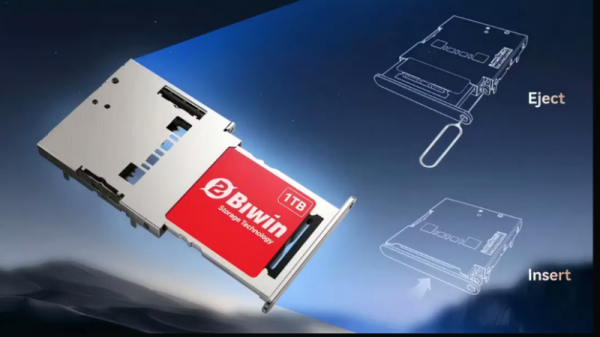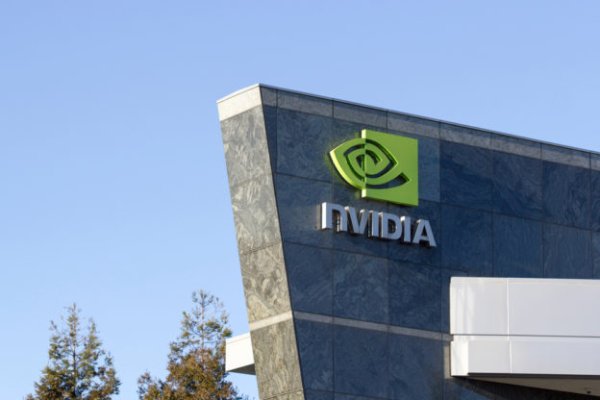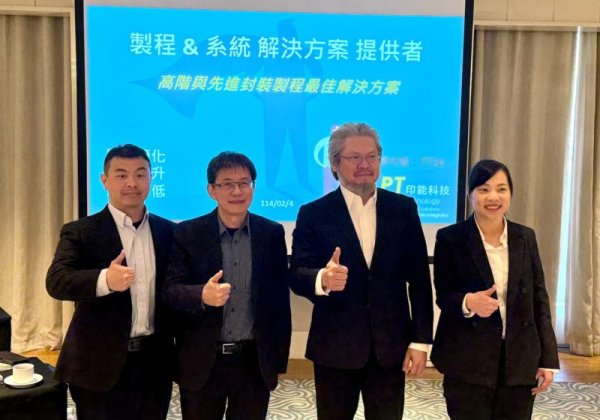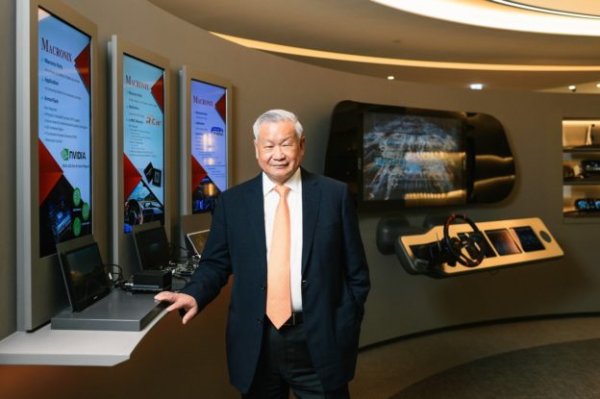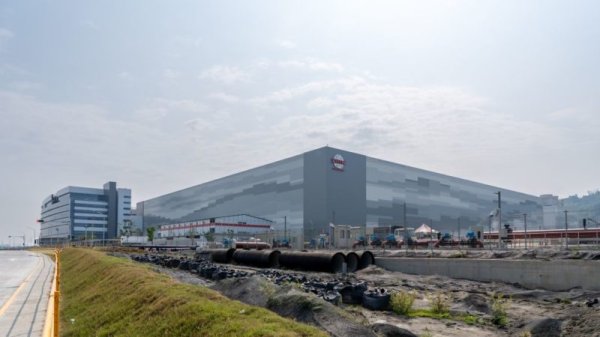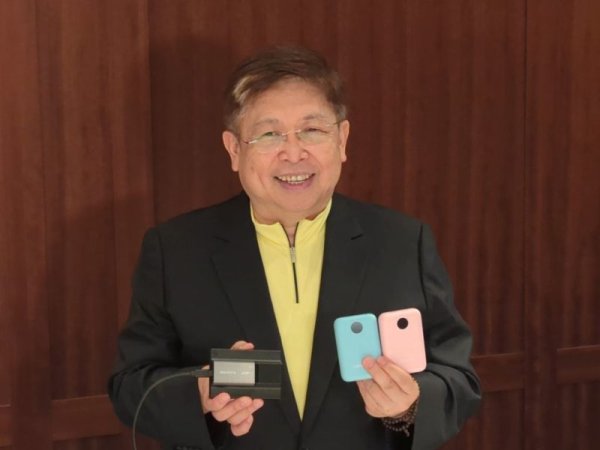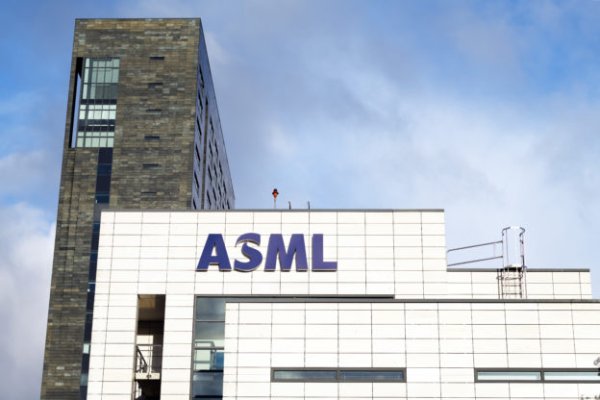Ning has allowed Taiwan s electricity to become independent within two or three years. Why did Chen Liwu decide to give up Intel 18A and reverse 14A?
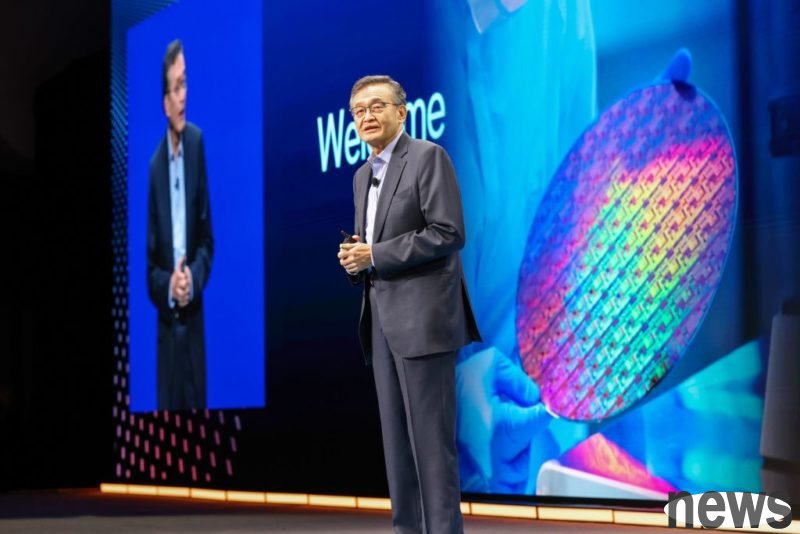
Market news came out, Intel executive director Chen Liwu thought that he would stop promoting 18A processes to crystalline foundry customers, focusing on the next generation of 14A processes to compete for orders from major customers such as Apple or NVIDIA.
Interl's spokesperson said that he would not comment on market news and speculation. The company is committed to strengthening technical blueprints, meeting customer needs, and improving financial conditions.
Chen Liwu suggested that more resources should be invested in the next generation 14A process, and the risk trial production will be entered in 2027 and the volume production will be carried out in 2028. Considering the 14A time, it is currently the key time to start promoting potential crystalline foundry customers. Two sources revealed that Intel estimates that 14A can surpass NT$14 in some aspects and can compete with large customers of NT$1, such as Apple and NVIDIA.
Foreign media Tom's Hardware believes that if the news is true, Intel's two process sessions will fade out, which will affect the GRF foundry business, and even withdraw from the GRF foundry market within a few years.
Intel 14A adopts the RibbonFET 2 transistor and PowerDirect direct contact power delivery, laying the foundation for the power supply development of the PowerVia back of Intel 18A.
If Intel gives up 18A external OEM, Taiwan Electric will have no enemy for two or three yearsIf Intel gives up the sale of 18A and 18A-P processes, it may require large-scale losses. Industry analysts believe that the final cost may be as high as billions or even billions of dollars.
Guessing Intel logic may be to limit the number of potential customers of 18A and reduce company operation costs. Most of the equipment (except High-NA EUV equipment) that currently runs Intel 20A, 18A and 14A have been deployed in the U.S. state factories and Arizona factories. After it is officially activated, the depreciation cost must be calculated. If it is not activated at a time, it will help save expenses if the order prospects are not clear.
In addition, without OEM 18A and 18A-P, Intel can save engineering resources to support third-party circuit sampling, mass production and mass production climbing.
However, this also means that in the past two or three years, the NTD N2, N2P, and A16 processes are almost the only one left, which is not conducive to building potential customers' confidence in Intel 14A, 3-T/3-E, and 12-nanometer cooperation with the United States.
Intel gave up the 18A process, is the market demand worse than expected?On the other hand, Intel's strategy may also be inseparable from limited market demand.
Although 18A is still key to Intel's own products (such as Panther Lake laptop processors), third-party demand is apparently limited, and currently only the Amazon, Microscope and the U.S. Department of Defense have confirmed the use. Broadcom and NVIDIA are testing Intel's latest process, but have not promised to be used for actual products.
Reuters reported that Chen Liwu has asked the Intel team to prepare proposals and discuss with the board meeting this fall. One of the options may be to stop competing with new 18A customers, but considering the scale and complexity involved, the final decision may not be until the board meeting is called again later.
Even if Intel finally decides to remove 18A from its OEM option, it will still produce its own products that have been adopted by 18A and will also fulfill the promised small number of orders, such as customer needs such as Amazon and Micro.
Exclusive: Intel’s new CEO explores big shift in chip manufacturing business Intel might axe the 18A process node for foundry customers, essentially leaving TSMC with no history — Intel reportedly to focus on 14A Extended reading: Influence competition! Enterprises such as ASML and Mistral require the EU to postpone the AI bill on the road Stress how much manpower and job AI has replaced! Executives have set off an “AI show-off trend”



